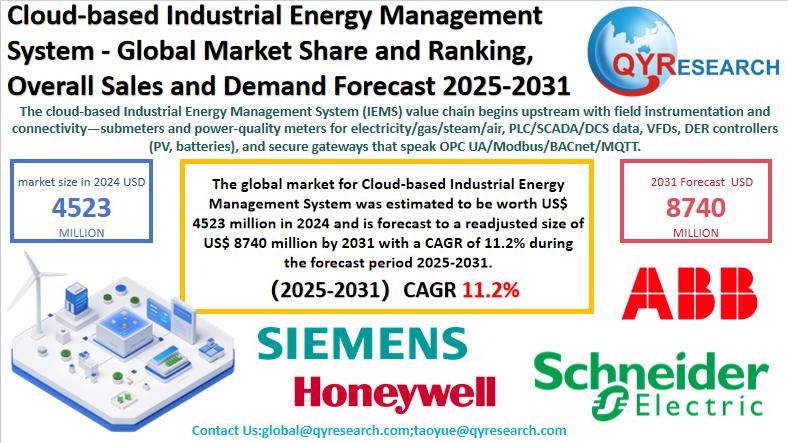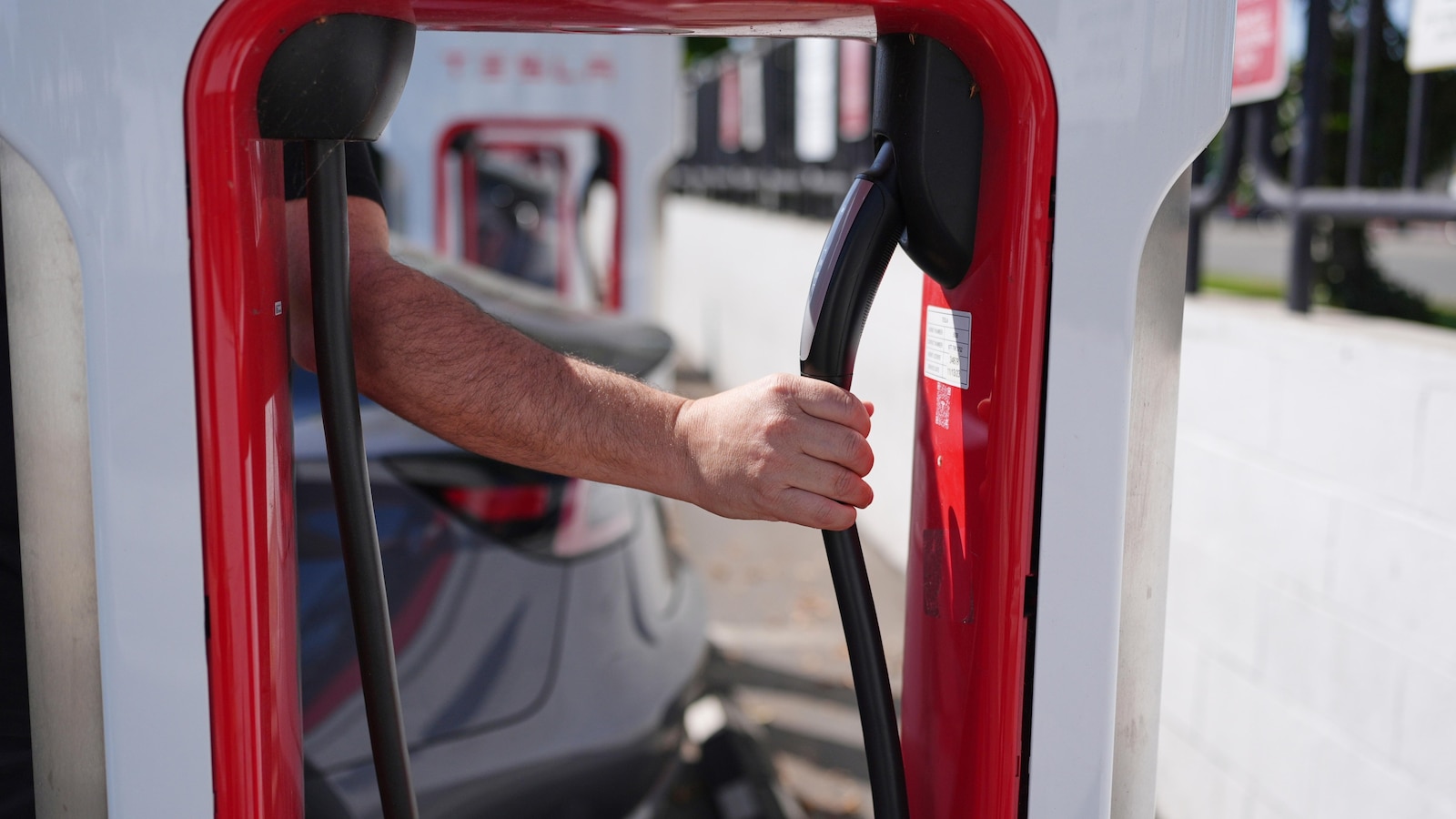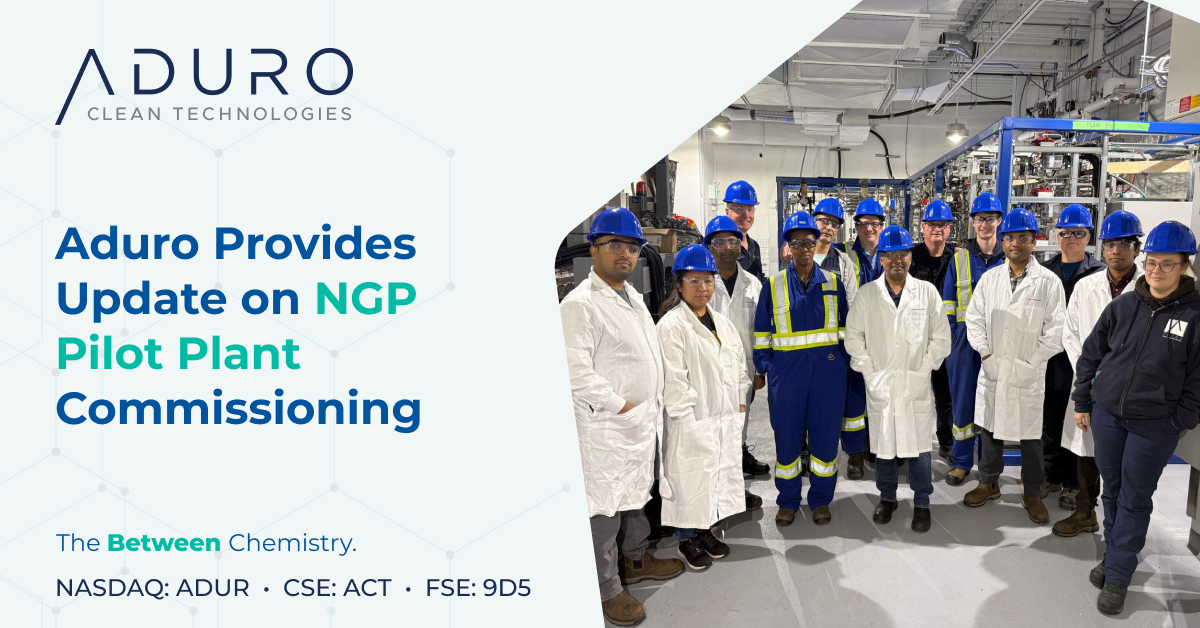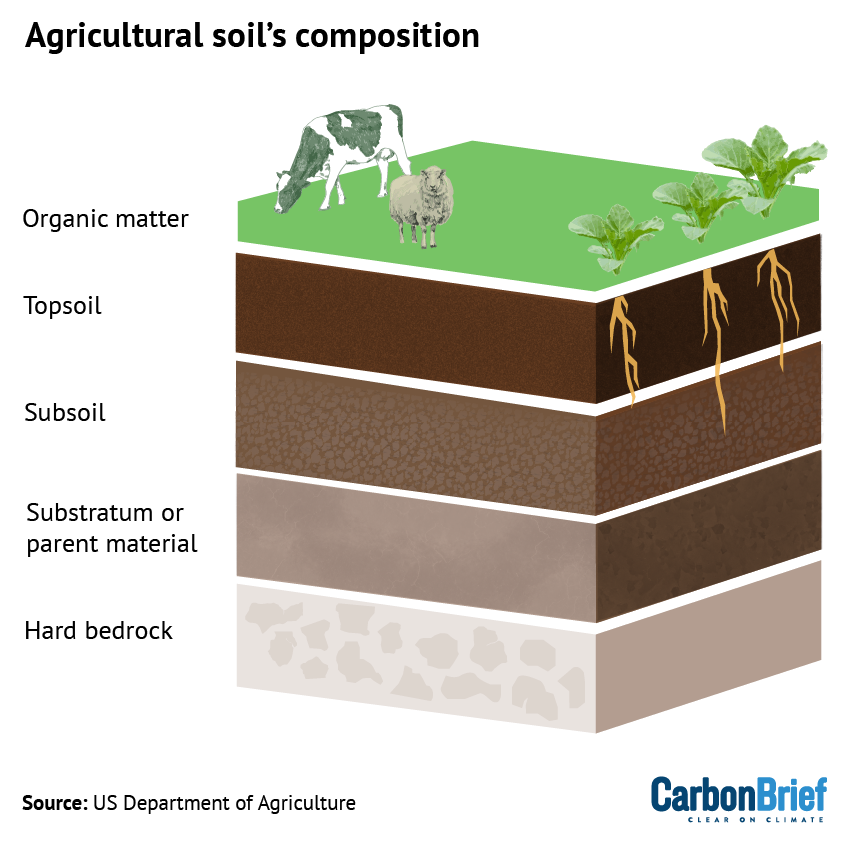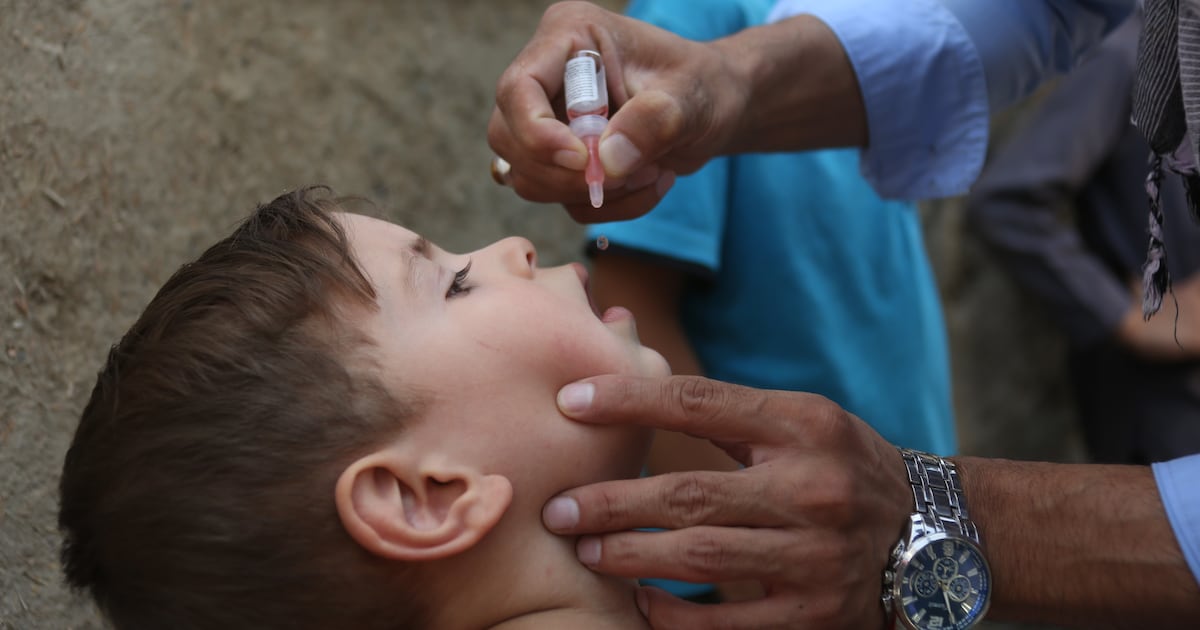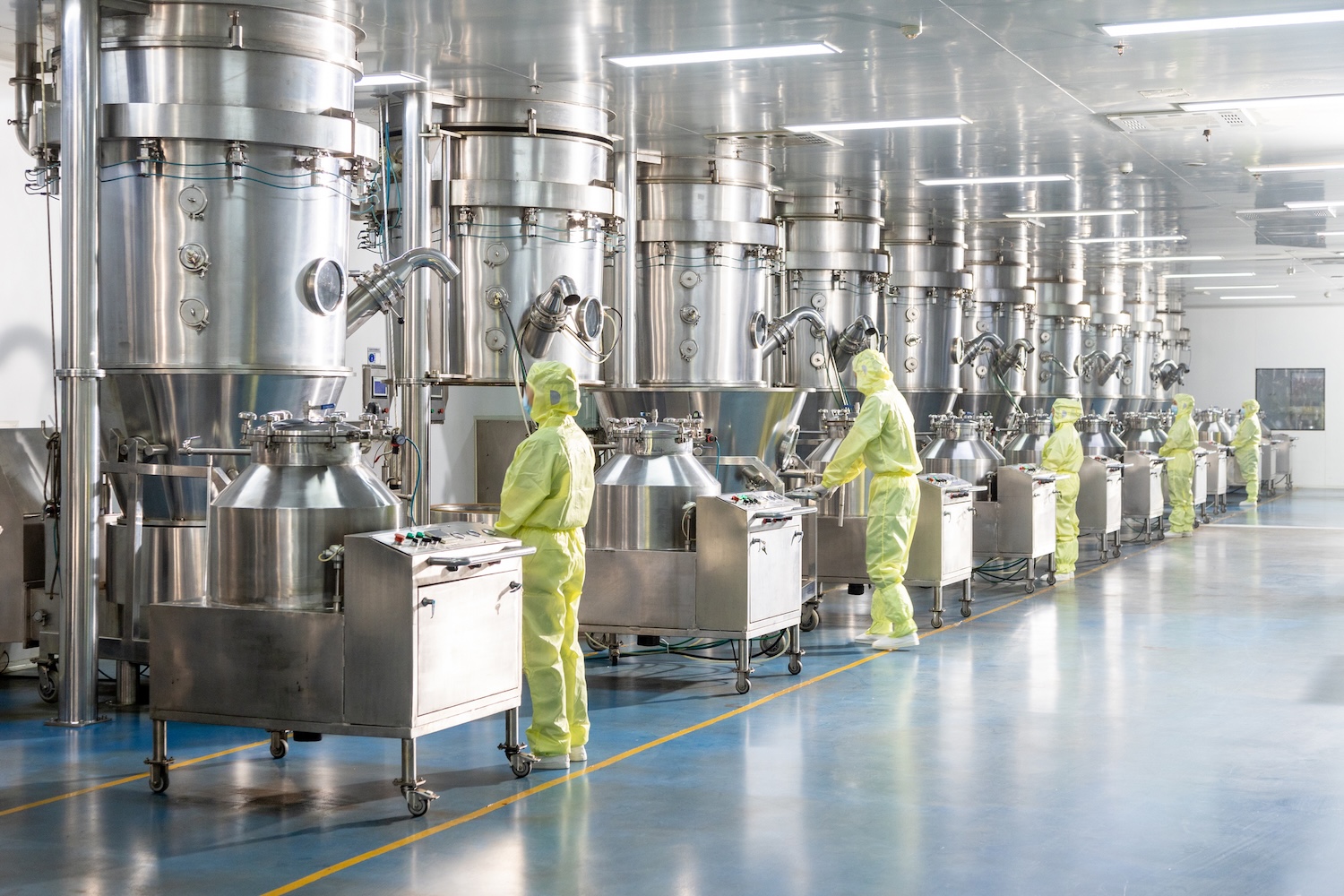Safe drinking water for billions of people — China announces major discovery rewriting history – ecoportal.net

Collaborative Research Addressing Global Water Challenges Aligned with Sustainable Development Goals
Water, the essential source of life on Earth, remains unsafe for human consumption in many regions. A recent breakthrough by researchers from the University of South Australia and China promises to enhance access to safe drinking water for billions, directly supporting SDG 6: Clean Water and Sanitation.
International Partnership Tackling Water Scarcity
The collaboration between these two countries aims to solve a critical global issue: the scarcity of potable water. Although Earth is abundant in water, most of it is saltwater. Existing desalination methods are often costly and energy-intensive, limiting their accessibility.
- According to UNICEF, 4 billion people face at least one month of severe water shortage annually.
- It is projected that 50% of the global population may experience water insecurity within the next year.
This underscores the urgent need for affordable and efficient desalination technologies, contributing to SDG 6 and indirectly supporting SDG 1: No Poverty and SDG 3: Good Health and Well-being by improving water availability and quality.
Innovative Desalination Method Utilizing Solar Energy and Clay Minerals
The researchers published their findings in Advanced Materials, introducing a novel desalination technique that incorporates abundant clay minerals into solar-powered evaporation processes.
- Clay minerals act as evaporation boosters, accelerating saltwater evaporation compared to pure water.
- This reduces the total solar energy required, enhancing energy efficiency and sustainability.
“This new strategy, which could be easily integrated into existing evaporation-based desalination systems, will provide additional access to massive amounts of clean water, benefitting billions of people worldwide.” – Professor Haolan Xu, University of South Australia
This advancement aligns with SDG 7: Affordable and Clean Energy by promoting renewable energy use in water treatment.
Addressing Environmental and Health Concerns in Desalination
Despite its promise, desalination is not without challenges:
- Many plants rely on non-renewable energy sources, increasing carbon emissions (SDG 13: Climate Action).
- Desalination produces highly saline waste solutions that may contain toxic chemicals.
Researchers have also tackled the issue of pesticide contamination in water, a growing concern due to a 62% increase in global pesticide use over the past two decades.
“Pesticides cannot be removed using conventional water treatment processes such as flocculation, sedimentation and filtration. Powdered activated carbon does the job, but the existing methods have limitations. Our study has identified how we can make this process more efficient.” – Professor Jinming Duan, University of South Australia
Enhancing Water Purification Efficiency to Remove Pesticides
To combat pesticide contamination, the team improved the powdered activated carbon (PAC) method:
- Reducing PAC particle size to 6 μm decreased the amount of powder needed by 75% to remove six common pesticides.
- This innovation leads to significant cost and resource savings in water treatment.
These efforts contribute to SDG 3: Good Health and Well-being by reducing exposure to harmful chemicals and SDG 12: Responsible Consumption and Production by optimizing resource use.
Conclusion: Advancing Sustainable Development through Water Innovation
As the global population grows, ensuring access to clean, safe, and affordable drinking water becomes increasingly critical. The breakthroughs achieved by the University of South Australia and Chinese researchers exemplify progress toward multiple Sustainable Development Goals, including:
- SDG 6: Clean Water and Sanitation
- SDG 7: Affordable and Clean Energy
- SDG 3: Good Health and Well-being
- SDG 13: Climate Action
- SDG 12: Responsible Consumption and Production
These innovations present promising solutions to global water scarcity and contamination challenges, fostering a healthier and more sustainable future for billions worldwide.

1. Sustainable Development Goals (SDGs) Addressed
- SDG 6: Clean Water and Sanitation
- The article focuses on improving access to safe and affordable drinking water through innovative desalination and pesticide removal methods.
- SDG 3: Good Health and Well-being
- Reducing exposure to toxic pesticides in drinking water addresses health risks such as cancer and other diseases.
- SDG 7: Affordable and Clean Energy
- The article mentions the use of solar energy in desalination, promoting renewable energy sources.
- SDG 12: Responsible Consumption and Production
- Efficient use of powdered activated carbon (PAC) reduces waste and resource consumption in water treatment.
- SDG 13: Climate Action
- The article highlights the need to reduce carbon emissions from desalination plants by integrating renewable energy.
2. Specific Targets Under the Identified SDGs
- SDG 6: Clean Water and Sanitation
- Target 6.1: Achieve universal and equitable access to safe and affordable drinking water for all.
- Target 6.3: Improve water quality by reducing pollution, minimizing release of hazardous chemicals, and substantially increasing water recycling and safe reuse.
- Target 6.b: Support and strengthen the participation of local communities in improving water and sanitation management.
- SDG 3: Good Health and Well-being
- Target 3.9: Substantially reduce the number of deaths and illnesses from hazardous chemicals and air, water, and soil pollution and contamination.
- SDG 7: Affordable and Clean Energy
- Target 7.2: Increase substantially the share of renewable energy in the global energy mix.
- SDG 12: Responsible Consumption and Production
- Target 12.5: Substantially reduce waste generation through prevention, reduction, recycling, and reuse.
- SDG 13: Climate Action
- Target 13.2: Integrate climate change measures into national policies, strategies, and planning.
3. Indicators Mentioned or Implied in the Article
- Indicator for SDG 6.1: Proportion of population using safely managed drinking water services.
- Implied by the article’s focus on making desalinated water safe and affordable for billions of people.
- Indicator for SDG 6.3: Proportion of wastewater safely treated and reduction in hazardous chemicals in water bodies.
- Implied through the reduction of pesticide contamination and toxic saline solutions in water treatment.
- Indicator for SDG 3.9: Mortality rate attributed to unsafe water, unsafe sanitation, and lack of hygiene.
- Implied by the discussion on health risks from pesticide exposure and contaminated water.
- Indicator for SDG 7.2: Renewable energy share in the total final energy consumption.
- Implied by the use of solar energy in the desalination process.
- Indicator for SDG 12.5: National recycling rate, tons of material recycled.
- Implied by the reduction in powdered activated carbon usage, reflecting resource efficiency.
- Indicator for SDG 13.2: Number of countries with national and local disaster risk reduction strategies.
- Implied by the emphasis on reducing carbon emissions and integrating renewable energy to mitigate climate impact.
4. Table of SDGs, Targets, and Indicators
| SDGs | Targets | Indicators |
|---|---|---|
| SDG 6: Clean Water and Sanitation |
|
|
| SDG 3: Good Health and Well-being |
|
|
| SDG 7: Affordable and Clean Energy |
|
|
| SDG 12: Responsible Consumption and Production |
|
|
| SDG 13: Climate Action |
|
|
Source: ecoportal.net

What is Your Reaction?
 Like
0
Like
0
 Dislike
0
Dislike
0
 Love
0
Love
0
 Funny
0
Funny
0
 Angry
0
Angry
0
 Sad
0
Sad
0
 Wow
0
Wow
0



























;Resize=805#)




